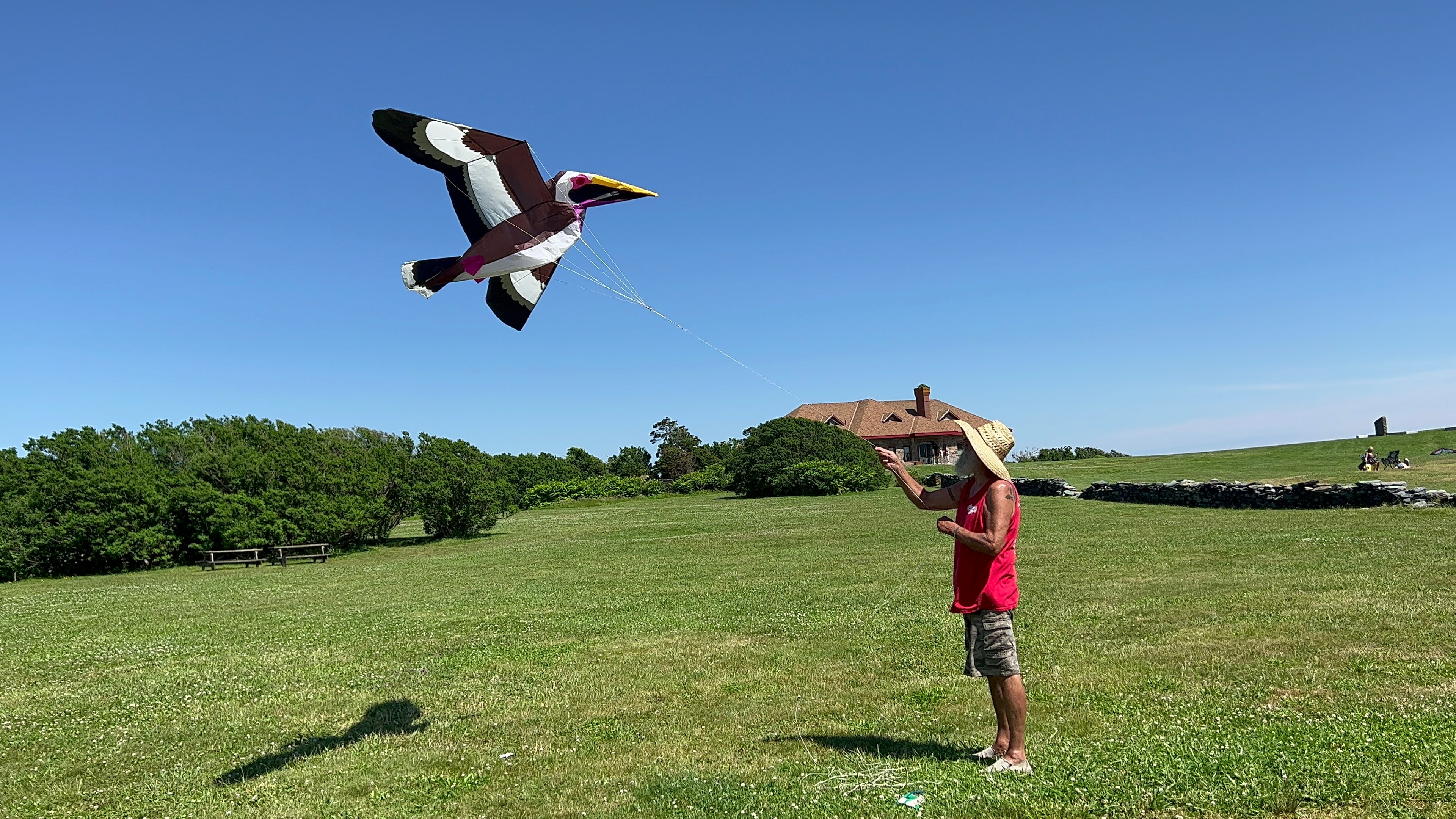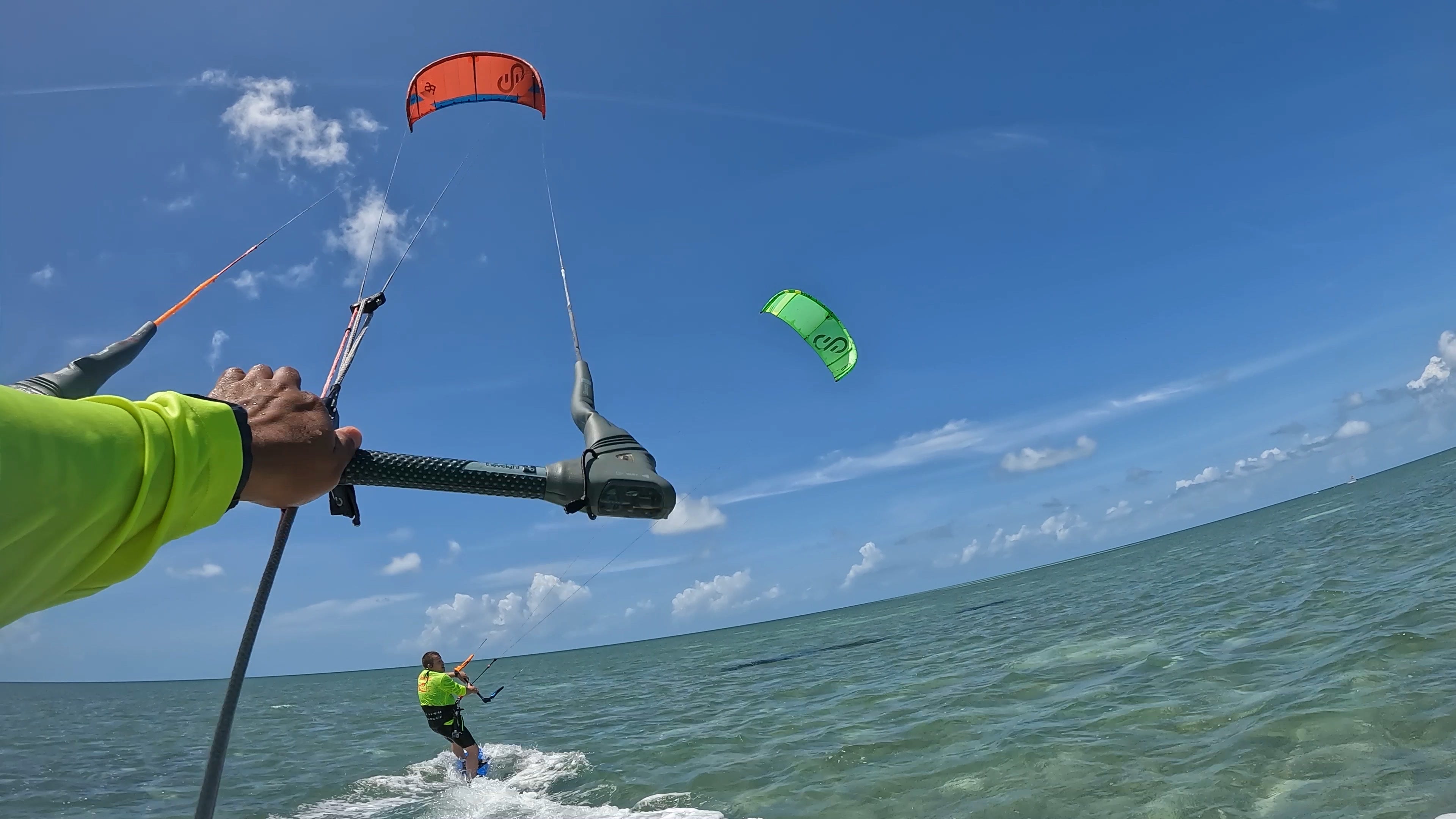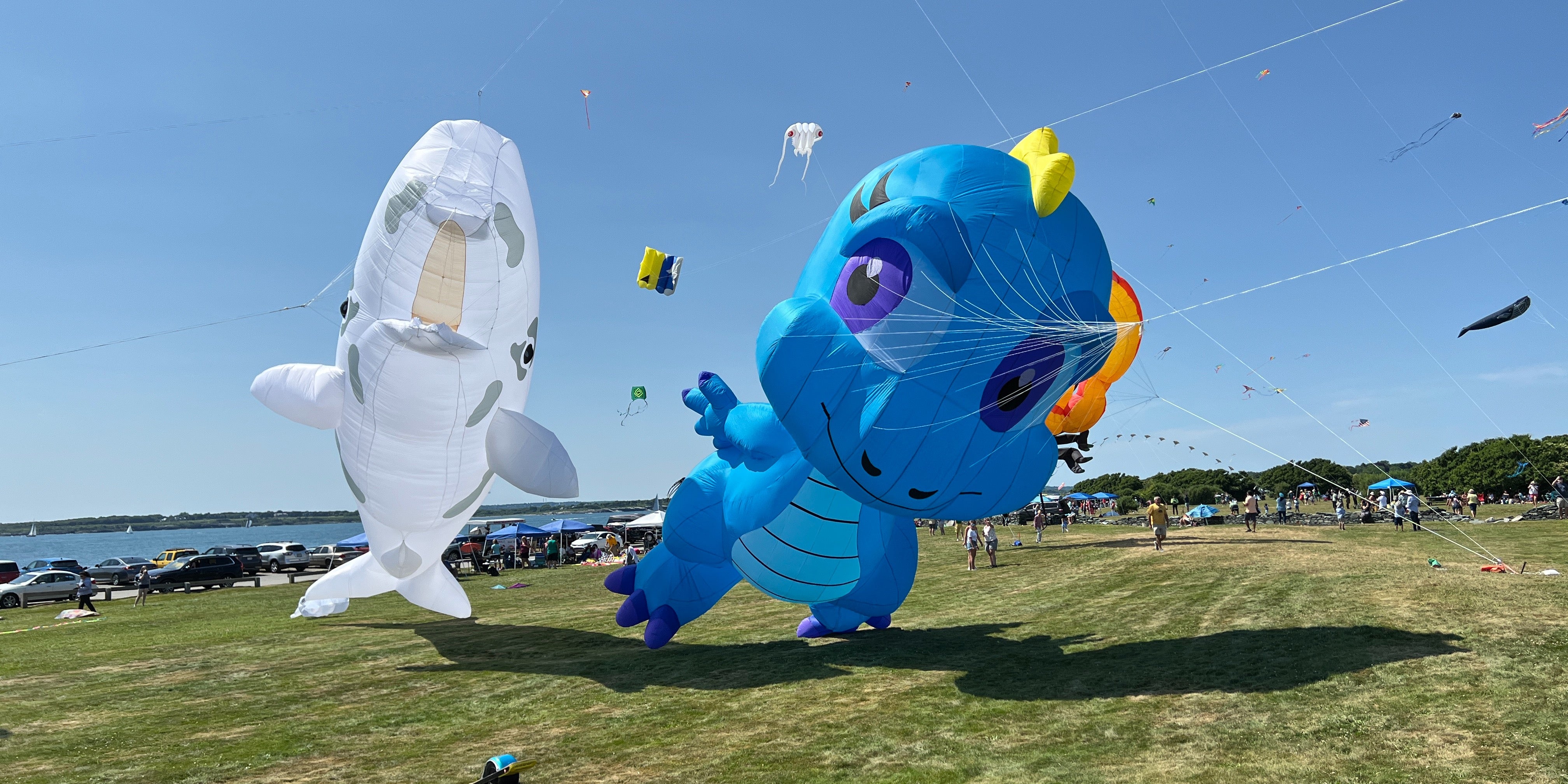Flying a kite is a timeless and exhilarating pastime that appeals to people of all ages. But before you can soar high in the sky, you need to select the perfect kite. This comprehensive buying guide will help you understand the key factors to consider when choosing the right kite for your needs.
1. Determine Your Skill Level
One of the most critical aspects of selecting the right kite is matching it to your skill level:
- Beginner: If you're new to kite flying, it's best to start with a basic, easy-to-fly kite. Look for designs like diamond or delta kites, which are forgiving and stable. These kites are perfect for learning the ropes and building confidence.
- Intermediate: Once you've gained some experience, you can venture into more advanced kites like parafoil kites. These kites offer greater maneuverability but may require more skill to control.
- Advanced: If you're an experienced kite flyer and want to perform tricks and stunts, consider stunt kites. These dual-line kites allow you to execute impressive maneuvers in the sky, but they require precise control and skill.
2. Understand Kite Types
Kites come in various types, each with its own set of characteristics:
- Diamond Kites: Simple, classic, and perfect for beginners. They have a diamond-shaped design and are typically lightweight and easy to handle.
- Delta Kites: Triangular in shape, delta kites offer stability and are a great choice for novices. They can handle a wide range of wind conditions.
- Parafoil Kites: These soft kites don't have a rigid frame, making them easy to transport and suitable for intermediates and advanced flyers.
- Stunt Kites: Designed for advanced flyers, stunt kites are known for their agility and versatility. They have dual lines for precise control and can perform acrobatic tricks.
3. Consider the Wind Conditions
Before making a purchase, it's crucial to understand your local wind conditions:
- Light Wind: If you're in an area with light or inconsistent winds, opt for kites designed for low wind conditions. Delta and diamond kites are great choices in such environments.
- Moderate Wind: Most kites are designed to perform well in moderate wind conditions. They offer versatility and can handle a wide range of wind speeds.
- Strong Wind: If your area experiences strong winds regularly, consider delta kites or parafoil kites, which can handle higher wind speeds while remaining stable.
4. Size Matters
The size of your kite has a significant impact on its performance and handling:
- Small Kites: Smaller kites are easier to manage and are great for beginners. They are less likely to overpower you and are ideal for light to moderate winds.
- Medium Kites: These kites offer a balance of stability and maneuverability. They are versatile and suitable for a wide range of wind conditions.
- Large Kites: Larger kites are more challenging to handle and are typically reserved for experienced flyers. They excel in strong winds but may require more skill to control.
5. Materials and Durability
The materials used in the construction of the kite impact its durability and performance:
- Frame: Look for kites with frames made of durable materials like fiberglass or carbon fiber. They offer strength and flexibility.
- Sail: The sail material can be polyester, ripstop nylon, or other synthetic fabrics. High-quality materials are more durable and resistant to wear and tear.
- Reinforcements: Pay attention to reinforcements on stress points, as they enhance the kite's lifespan.
6. Budget Considerations
Kites are available at various price points. While quality is essential, you don't have to overspend:
- Budget Kites: If you're on a tight budget, you can find decent beginner kites that won't break the bank. Look for kites that offer good value within your budget.
- Mid-Range Kites: These kites offer better quality and durability, making them a solid investment for beginners and intermediates.
- High-End Kites: Advanced flyers may consider investing in high-end kites for superior performance and durability.
7. Additional Equipment
Apart from the kite itself, you'll need a few essential accessories:
- Kite Line: Choose a high-quality line that matches your kite's size and the wind conditions.
- Winder: A winder or reel helps you wind and unwind the kite line easily.
- Kite Bag: A bag keeps your kite safe during transport and storage.
- Safety Equipment: While kite flying is generally safe, consider sunglasses, sunscreen, and a first-aid kit for sunny and windy days.
Conclusion
Selecting the right kite is the key to enjoying this wonderful outdoor activity. Understanding your skill level, the type of kite, wind conditions, size, materials, and budget considerations will help you make an informed decision. With the perfect kite in your hands, you'll be well on your way to a thrilling and enjoyable kite-flying experience. So, go ahead and let your dreams take flight!



